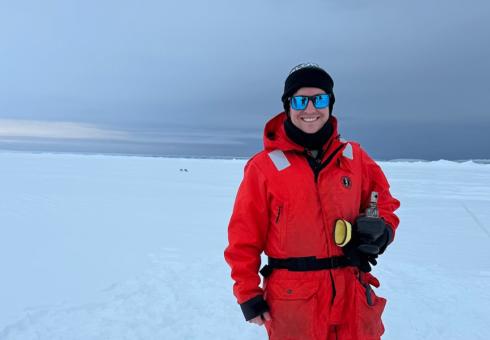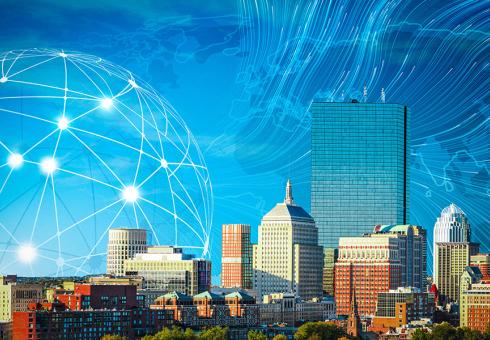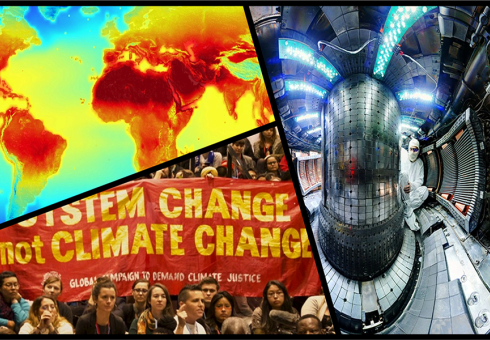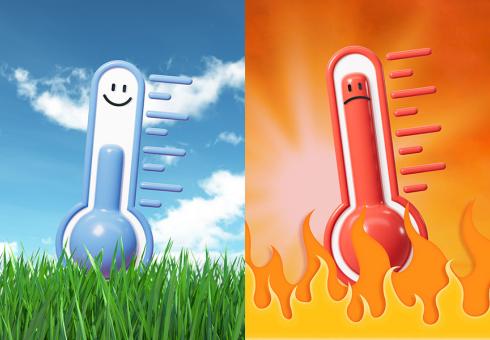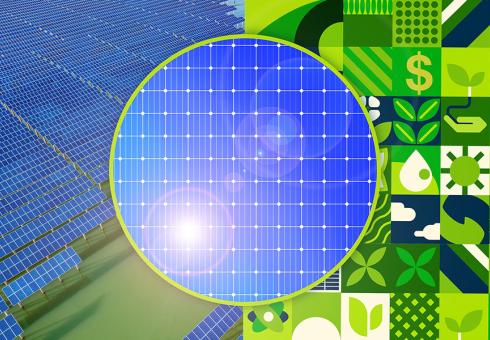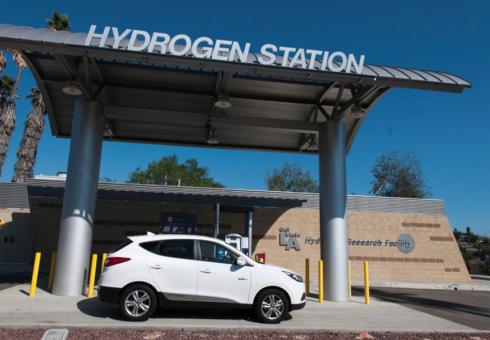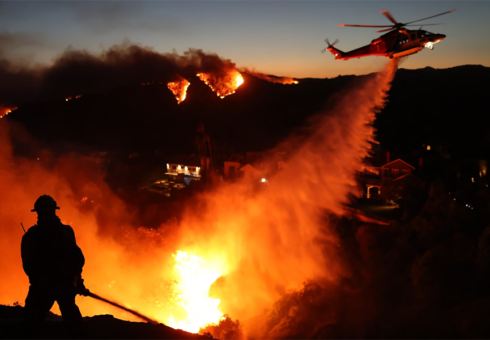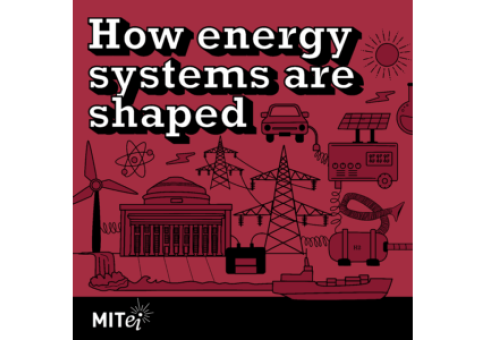News + Media
MIT CS3 principal research scientist describes his career path and its potential impact
New study co-authored by MIT CS3 researchers shows the natural variability in climate data can cause AI models to struggle at predicting local temperature and rainfall (MIT News) (Coverage: ScienceBlog, Sustainable Brands)
Institute-wide project taps social science to reframe the problem and identify more viable solutions
An analysis of social media in 157 countries finds hotter weather is associated with more negative sentiments (MIT News) (Coverage: Earth.com)
New research can identify opportunities to drive down the cost of renewable energy systems, batteries, and many other technologies, finds study co-authored by Jessika Trancik, a CS3-affiliated professor at MIT’s Institute for Data, Systems and Society. (MIT News)
To gain traction with consumers, hydrogen cars have a long way to go in reducing vehicle and fuel costs, says MIT CS3 Deputy Director Sergey Paltsev (Motor Trend)
In this Global Trade Analysis Project (GTAP) webinar, MIT Center for Sustainability Science and Strategy Principal Research Scientist Jennifer Morr
In GTAP webinar, MIT CS3 Principal Research Scientist Jennifer Morris presents findings from Nature Climate Change study aimed at better understanding/modeling the climate/economy nexus
Data from neighborhood-level air-quality sensors are needed to enable affected populations to limit air pollution exposure, says MIT CS3 Director Noelle Selin (Fast Company)
MIT CS3 researchers co-author chapter on emissions and concentration scenarios (Springer Cham, Chapter 16, pp. 163-176)
MIT Professor Jessika Trancik, a CS3 faculty affiliate, takes a big picture view of how energy systems are shaped and where there is opportunity to innovate (MIT Energy Initiative)
In one project, MIT CS3 researchers aim to create a framework for evaluating decarbonization and energy transition pathways for Africa (MIT Energy Initiative)

